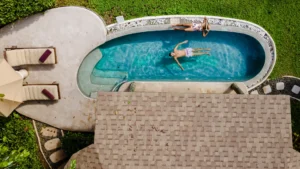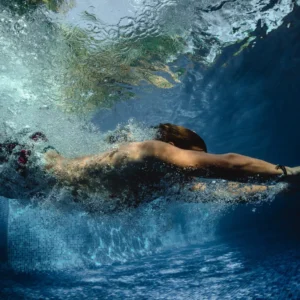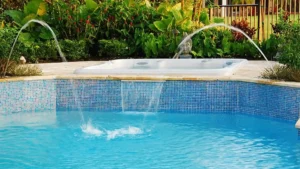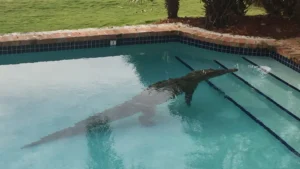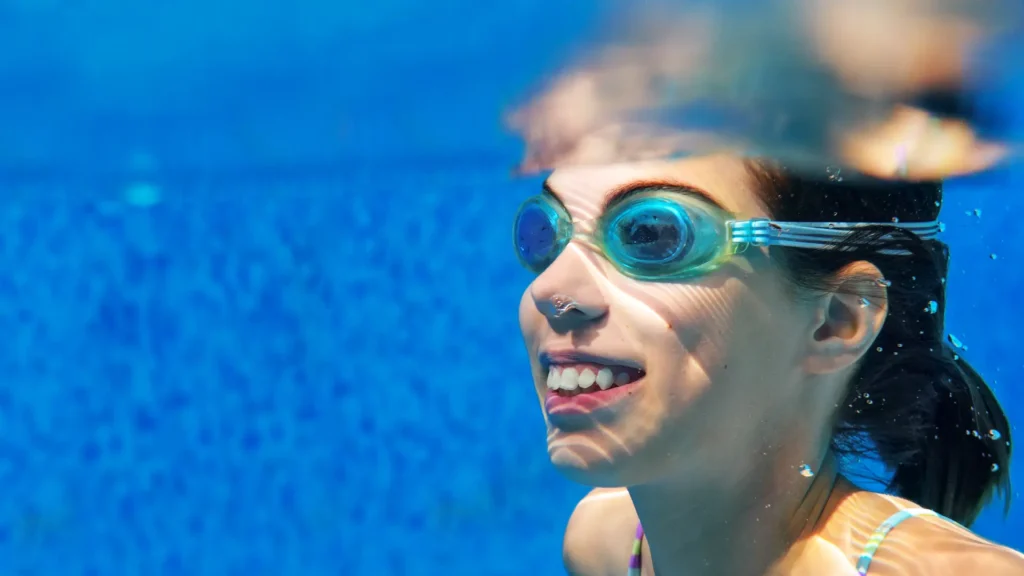
Anyone from Fort Worth can learn the skill of breathing while swimming despite their experience level. If you’ve never tried it before, it can be intimidating to inhale oxygen when it’s so close to water. Learn about these four common misconceptions in regard to breathing while swimming so you can overcome fears and learn a new skill.
1. You must jump right in:
Breathing while swimming is dramatically different than any other land-based activity. Don’t feel obligated to learn it as you’re doing full laps in a pool. To get acquainted with the motions, treat breathing in the water like your first time in a pool. Introduce yourself to Swimming Breathing Techniques from a safe place where it’s less likely you’ll feel afraid.
Try filling a bowl or a kiddie pool with water and test your style by submerging your face. This can help you overcome any fears that water will get in your nose and mouth while learning to swim breathe. If you’re going to get good at swimming laps, this is something that’ll have to be subsidized. Once you’ve introduced your face to the water in the bowl or miniature pool, practice breathing out of a small space in your nose; the source recommended.
2. Quickly inhale and exhale:
Many people who are just starting out might be under the wrong impression of what swimming in the water entails. While breathing as you swim, one might imagine that you’ll have to quickly inhale and exhale each time you come to the surface for air, but that’s not the case.
Continuously exhale through your nose as you’re swimming, suggested Livestrong. Gentle bubbles should come out of your nostrils while you’re underwater. The time spent above water is reserved for inhaling. Take a breath through the corner of your mouth when you surface, and then continue to exhale when you go back under. Waiting to exhale until the last minute before coming above water won’t make you a faster swimmer, and it can make your above-water breathing more challenging.
3. Swallowing water is the worst
Even if you get some water in your mouth, don’t panic. This happens to swimmers of all skill levels from time to time.
Shape your tongue as if you were saying the letter “K” so the water doesn’t go down your throat. It’s important not to have that fear in the back of your mind because it can also cause your mouth muscles to freeze up, which will make it harder for you to breathe steadily and comfortably in the water, stated the source.
4. It’s an innate skill:
If you’re swallowing water or having a hard time adjusting, don’t think it’s a sign you should give up. Just like trying any new sport, learn this skill at your own pace. What’s more, save the speed for later. Focus on breathing first, and then you can go faster. Please don’t try to conquer the two simultaneously. Breathing in the water is a process.
Once you’re comfortable with an occasional mouthful of water, a unique inhale and exhale pattern and learning at your own pace, you can advance to learn specific techniques that coincide with different swimming styles.
Prepare Your Mind While Practicing Breathing During Swimming
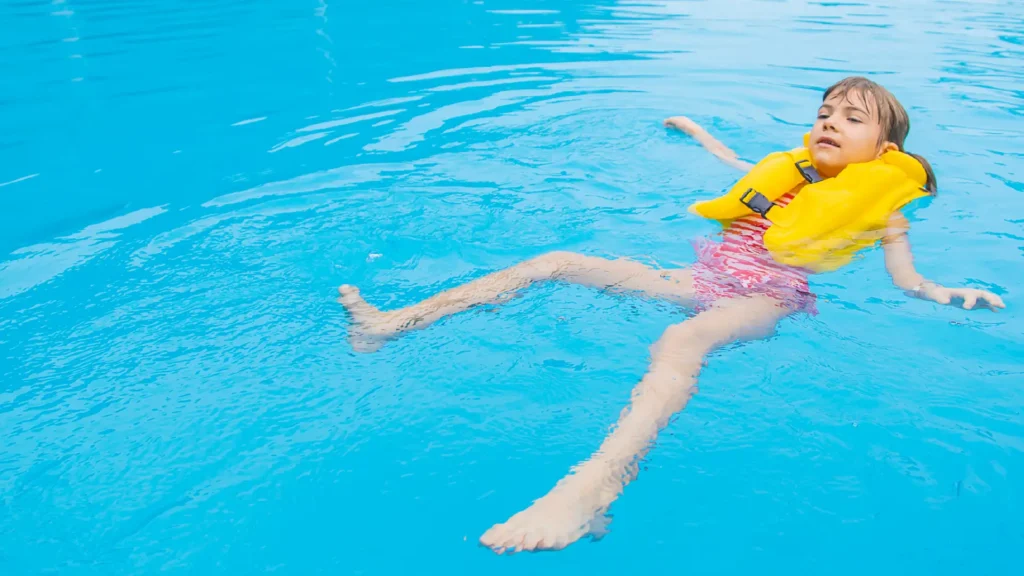
Maintaining a stable mindset should be a priority for you to practice this skill without problems. Don’t let your mind restrict your physical ability to progress. Perhaps one of the most important and simple ones you should understand is not to compare your progress with your friends or colleagues.
Professional athletes or people who swim regularly have not achieved breathing in the water overnight. In this space, we’ve mentioned some very simple practices that can benefit you from breathing while swimming.
Likewise, you should understand that not everything will be perfect from the start. Many experienced people make this mistake sometimes, so it will happen to you too, which is normal in the process.
Put in practice these tips while you practice breathing during swimming:
Overcome trouble while breathing while swimming
This will be a roller coaster that won’t always be under your control. As you navigate the process of breathing while swimming, you will encounter moments of rapid learning as well as moments where you feel like your progress is on hold.
Patience is a virtue that you must develop alongside perseverance. Set realistic goals to achieve breathing while swimming smoothly.
Anxiety about not breathing during swimming perfectly
Remember, just as we shared some small tips at the beginning, it’s important to understand that you must adapt them to the conditions and particularities of your body, which are yours only, and only you can understand them.
Learn to understand your body so you can practice naturally and improve your technique. Familiarize yourself with your limitations. This will help you see what your current strengths are and what you can achieve in the future.
Swallowing water shouldn't stop you from practicing.
You must learn to normalize the fact that swallowing a little water will be part of the process. As soon as you do this, put into practice the recommendations we’ve mentioned so that it becomes less common.
A challenge doesn’t stop halfway. Whether you’re struggling with swim breath or improving your strokes, consistency is key.
Breathing while swimming is a skill you can develop if you are diligent and dedicated to your practice.

Consistency and dedication are skills that everyone can develop to learn how to breathe while swimming. Conditions such as the altitude where you live, your physical condition, and aspects related to your technique will be aspects you will learn as you practice, and the important thing is that you learn to adapt to these challenges to achieve this goal. We can all do it!
FAQ’s about Breathing During Swimming
1. Should I exhale through my nose or my mouth when swimming?
During the process, it’s ideal to inhale through your mouth and exhale through your nose, maintaining a proper rhythm as you enter and exit the water so as not to hinder your performance while practicing.
2. What simple exercises can I do to start breathing while swimming?
You can start with beginner exercises like submerging your head in a bowl or a kiddie pool. This way, you’ll gradually overcome those fears and then practice in a more advanced setting.
3. Is it a mistake to swallow water repeatedly?
No, it’s perfectly normal; even professionals often go through this situation from time to time. The important thing is to keep practicing so that it becomes less common. But with consistency, you’ll succeed in breathing during swimming.

